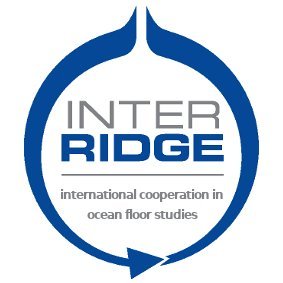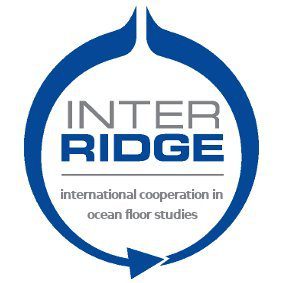InterRidge Fellows 2014
The InterRidge Student and Postdoctoral Fellowship Program continues to play an important role in the careers of early career ocean scientists. There was a high number of proposals submitted again this year and we awarded three InterRidge funded Fellowships, together with one Fellowship for students from developing countries, supported by the ISA Endowment Fund.
The recipients of this year’s InterRidge Fellowships is:
Emily Fallon (a PhD student at the University of Bristol, UK)
Sun Jin ( a Post-Doc at Hong Kong Baptist University, Hong Kong)
Michele Paulatto (a Post-Doc at Geoscience Azur, University of Nice Sophia Antipolis, France)
Matthew Hodgkinson (a PhD student at the National Oceanography Centre, Southampton, UK)
Emily Fallon (a PhD student at the University of Bristol, UK)
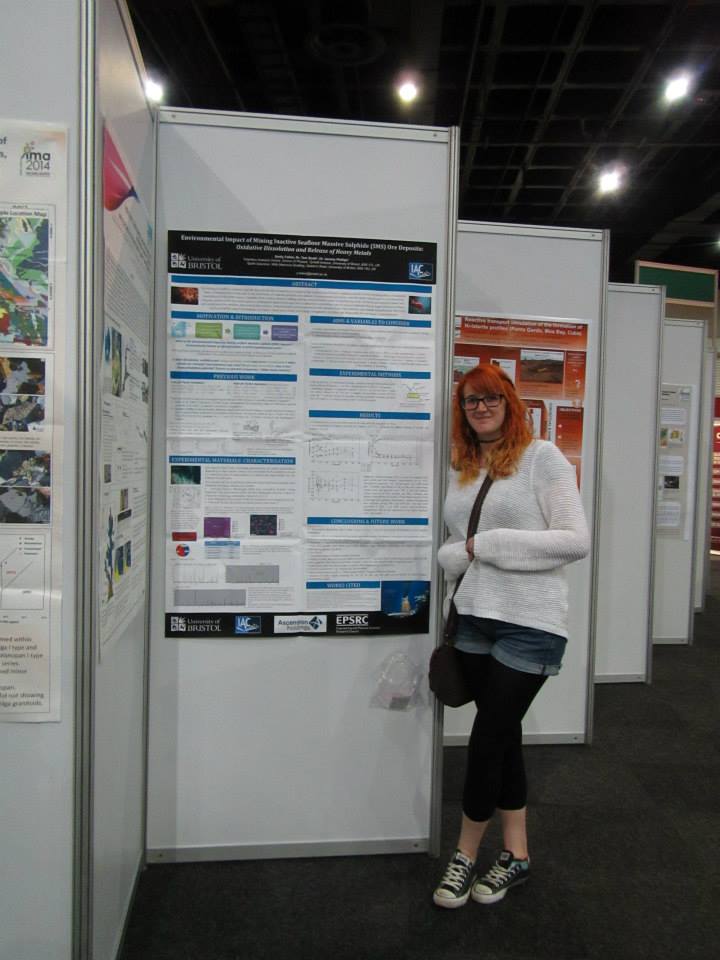
Emily Fallon is currently a first year PhD student at the University of Bristol, UK. I am supervised by Dr. Tom Scott, Dr. Jeremy Phillips and Dr. Richard Brooker from the University of Bristol. My PhD research focuses on seafloor massive sulphide (SMS) ore deposits and the economic and environmental feasibility of mining such deposits. The continuing global demand for metals has given mining companies cause to consider the deep ocean as a source of mineral wealth. In order to support this future economic prospect, our knowledge and understanding of such deposits requires significant improvement with an associated need for study of the environmental impact that any future endeavors may have.
The focus of this study is the galvanic dissolution of sulphide minerals in the water column, formed from particulate plumes generated by mining. Sulphides from various tectonic settings will be characterised in order to identity the trace elements, heavy metals and potential toxins that may be contributed to the water column. Subsequent high pressure, cold temperature experiments will seek to determine dissolution rates and characterise heavy metal release of natural sulphides during active mining conditions and understand the variables that control this process.
I have been fascinated by earth sciences and chemistry from a young age, which led me to an undergraduate degree in Geology at the University of Bristol. A big turning point was my year abroad at the University of Oregon, North America where I particularly enjoyed aqueous geochemistry, volcanology and economic geology where they were applied to real world applications that had an impact on society. My fourth year MSci project was a product of that fascination where I undertook experimental petrology research that focused on exsolving volcanic gases and their role in the formation of ore deposits. My love of research and experimental petrology, and in particular, research that is important and has a major relevance to both science and society, has led me to my PhD topic today.
This Fellowship will provide me with the opportunity to collaborate with, train with and learn from world class experts in this field of research at both GEOMAR, University of Kiel and NOC, Southampton. Furthermore, the Fellowship provides access to world class LA-ICPMS and solution ICPMS facilities that will help build both a fully characterised sample database prior to experiments and analysis posterior to high pressure dissolution experiments. GEOMAR and University of Kiel’s analytical facilities are some of the best in the world for sulphide minerals and will allow for detection of environmental toxins and heavy metals that would not otherwise be detected during my PhD research but could be having a significant impact. The fellowship will provide access to GEOMAR and their samples from a wide variety of locations and tectonic settings that can be utilised in experiments. In this regard, the research is enhanced as the variability in sulphide composition is fully considered.
Overall, the platform this Fellowship provides, in terms of collaborating with leading scientists, the development of skills and facilitating my active participation within the InterRidge Society, will be instrumental for shaping my future career. The Fellowship will not only significantly progress this research but also underpin further research in the future.
Jin Sun (a Post-Doc at Hong Kong Baptist University, Hong Kong)
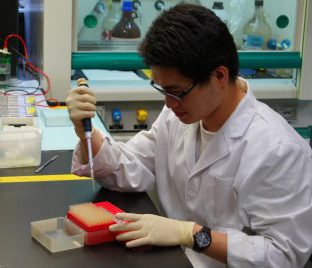
Jin Sun got his PhD in 2013 at Department of Biology Hong Kong Baptist University, and is currently working as a research associate under the supervision of Dr. Jian-Wen Qiu. During his PhD study, he mainly study on the adaptation and evolution of the notorious invasive apple snail using next-generation sequencing (NGS) and proteomics approaches. After graduation, he was fascinated by the deep-sea samples collected by manned submersible Jiaolong and decided to move into this new field. His current project is regarding the physiological adaptation and population connectivity of deep-sea mussels Bathymodiolus platifrons using functional genomics and proteomics approaches. His proposal is “Genetic connectivity of deep-sea mussels in Western Pacific examined by population genomic approach”. “Studying genetic connectivity can reveal the genetic diversity of populations and provide information for the designation of marine protected areas.” In the proposal,
He said “This is a rare opportunity for me to study deep-sea mussels collected from different regions of the Western Pacific. Without this regional collaboration, it would be impossible to conduct a genetic connectivity study on deep-sea mussels. What’s more, the fellowship will allow me to establish connection with experts in start a career in the exciting area of deep-sea research, and contribute to the conservation of deep-sea biodiversity.” In June and July 2013, his research group took part in the manned submersible Jiaolong’s first scientific cruise, during which samples of B. platifrons were collected in South China Sea. He will travel to JAMSTEC to study several other B. platifrons populations in collaboration with Prof. Ken Taki and Dr. Hiromi Watanabe in the next two years.
Michele Paulatto (a Post-Doc at Geoscience Azur, University of Nice Sophia Antipolis, France)
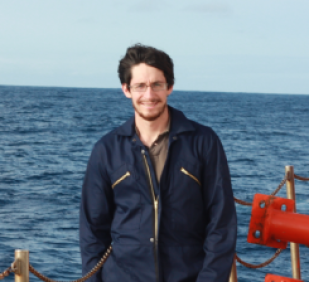
Iam Post-Doc at Geoscience Azur, University of Nice Sophia Antipolis sponsored by the AXA research fund. I am marine geophysicist and I focus on the study of tectonic and volcanic processes at active plate margins. During my PhD at the University of Southampton I worked on seismic tomography and thermal modelling to constrain the magma storage region and magmatic flux at Montserrat, on the Lesser Antilles arc. More recently at the University of Oxford I have investigated the effect of seamount subduction on the seismicity and structure of the Tonga-Kermadec subduction zone. Currently I am working on joint active-source and local earthquake tomography to image the crust, slab and upper mantle in the central Lesser Antilles, with the aim of constraining the geometry and physical properties of the megathrust fault and the overlying forearc crust.
This InterRidge Fellowship will give me the opportunity to learn new techniques and expand my knowledge on mid-ocean ridge processes. In 2013, I joined a scientific expedition to the Rainbow hydrothermal field, on the mid-Atlantic ridge. The cruise had the aim of collecting seismic, multi-beam bathymetry and potential field data over the Rainbow massif and the surrounding ocean floor. Rainbow is a high-temperature hydrothermal system hosted on ultramafic rocks on a non-transform offset of the ridge. The high-temperature suggests the presence of a magmatic heat source, but the location of Rainbow at a ridge offset and the tectonized seabed morphology suggest that the region should be magma-starved. On the cruise I was responsible for the multi-beam and potential field data, which I processed and merged with existing datasets. I will study the potential field and multibeam bathymetry data to determine the relative contributions of tectonic and magmatic accretion along the ridge and reconstruct the long term evolution of the Rainbow non-transform offset. I will visit the Woods Hole Oceanographic Institution where I will work with J.P. Canales, M. Tivey and M. Behn.
Matthew Hodgkinson (a PhD student at the National Oceanography Centre, Southampton, UK)
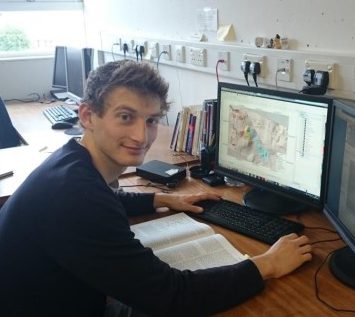
Matthew Hodgkinson is a PhD student at the National Oceanography Centre, Southampton and is supervised by Dr. Bramley Murton and Professor Steve Roberts. His research project is focused on the origin and processes driving hydrothermal activity on oceanic core complexes and especially those that form non-sulphide dominated mineral deposits. In pursuit of his research, Matt has joined two research cruises to the Mid-Cayman Spreading Centre, Caribbean (on the RV Atlantis and the RRS James Cook) as part of a multi-disciplinary effort to sample recently discovered hydrothermal systems and their biology. Dr. Frieder Klein who is based at the Woods Hole Oceanographic Institute where Matt will visit later this year sponsors his application for an IR Fellowship.
Matt’s proposal states that ‘The discovery of seafloor hydrothermal systems in 1979 fundamentally changed our understanding of crust – seawater interaction, ocean chemistry and the evolution of chemosynthetic life. The
Von Damm Vent Field, located on the Mid-Cayman Spreading Centre, represents a highly unusual system consisting of the magnesium silicate mineral talc. It is situated on the flanks of a mid-ocean ridge, on an oceanic core complex. These large, low-angle detachment faults are widespread at ridges with slow-medium spreading rates, yet are poorly explored in the resolution required for hydrothermal vent field discovery and could play a role in cooling the oceanic crust and global geochemical cycles’.
He says, “For my PhD I am currently studying the recently discovered Von Damm Vent Field situated in the Mid-Cayman Rise. The aim of my research includes expanding our knowledge of how detachment faulting enhances hydrothermal circulation at slow spreading ridges, and the influence of oceanic core complexes and lower crustal lithologies on vent field geochemistry. This fellowship will give me the opportunity to work with, and analyse, samples from other parts of the Mid-Atlantic Ridge that are archived in the WHOI sample collection and discover the extent to which the processes that form the Von Damm Vent Field occur elsewhere.’
